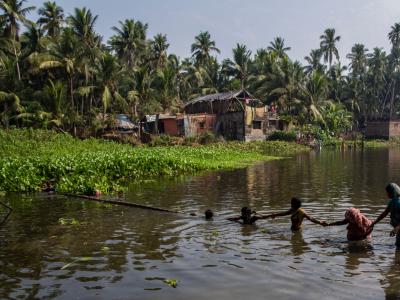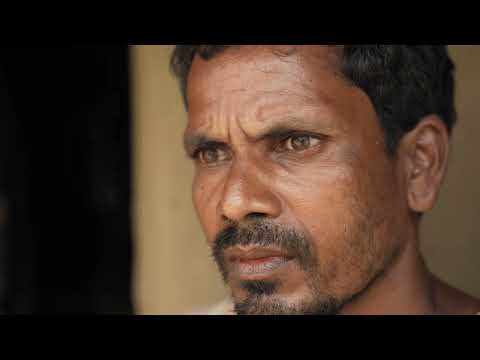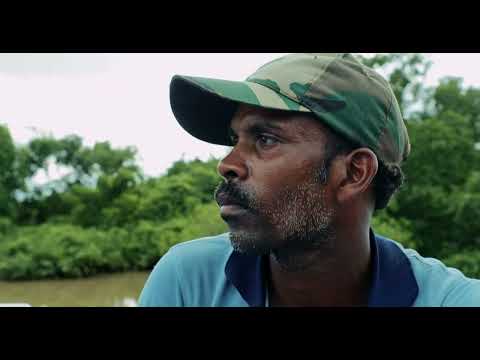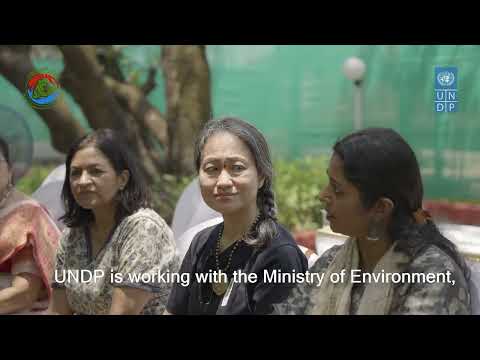Implemented by the Ministry of Environment, Forest and Climate Change, Government of India with support UNDP, the 6-year project ‘Enhancing Climate Resilience of India’s Coastal Communities’ (2019-2027) will enhance the climate resilience of the most vulnerable populations, particularly women, in the coastal areas of India. The project will shift the paradigm towards a new approach integrating ecosystem-centred and community-based approaches to adaptation into coastal management and planning by the public sector, the private sector and civil society.
The project will invest in ecological infrastructure to buffer against climate-induced hazards, especially storm surges, supporting climate-resilient coastal livelihoods, and enhancing climate-risk informed cross-sectoral planning and governance of the coastal zone.
The project will contribute towards the achievement of climate priorities outlined in India’s National Action Plan on Climate Change (2008), the State Action Plans, as well as commitments outlined in India’s Nationally Determined Contribution (2015).
Results as of 2023:
- 97,984 beneficiaries in rural areas across the three project states of Odisha, Andhra Pradesh, and Maharashtra have received training and technical support in climate-adaptive livelihood practices, including System of Rice Intensification (SRI), crab fattening, and mussel and oyster farming. Approximately 40% of the beneficiaries are women.
- 3,825.91 hectares of vulnerable coastal ecosystems have been restored to reduce climate risks, including 2,985.91 hectares of mangroves and 840 hectares of coastal watershed areas. This will lead to strengthened resilience against climate variability, with plans to expand restoration efforts to coral, saltmarsh, and seagrass ecosystems.
- Enhanced community ownership through establishment of community-led co-management structures across all landscapes in Odisha and Maharashtra to manage and monitor of ecosystem restoration and climate-adaptive livelihood activities at the landscape level.
- Building a network of the 13 coastal states and union territories, central ministries, academia, research institutions, NGOs, and students, fostering dialogue on key aspects of sustainable coastal management.
Key collaborators:- Country Office
- Local Governments
- National Governments
- Non-Governmental Organizations
- Private Sector Partners
- United Nations Development Programme (UNDP)
Primary beneficiaries:1,744,970 direct beneficiaries (50% women) 10 million indirect beneficiaries
Implementing agencies and partnering organizations: Project status:Under Implementation
Funding source:Green Climate Fund
Financing amount:US$43.42 million via Green Climate Fund
Co-financing total:US$86.85 million via the Government of India
Project dates: 2019 - 2024
Expected outcomes
Output 1: Enhanced resilience of coastal and marine ecosystems and their services
Activity 1.1: Conducting vulnerability assessment of the coast to inform planning of ecosystem- and community-based adaptation interventions
Activity 1.2: Community-based conservation and restoration of coastal ecosystems for increasing ecosystem resilience
Output 2: Climate-adaptive livelihoods for enhanced resilience of vulnerable coastal communities
Activity 2.1: Building climate resilient livelihoods and enterprises through value chains and strengthened access to markets
Activity 2.2: Improving capacities of local communities on ecosystem-based adaptation and climate-resilient livelihoods
Output 3: Strengthened coastal and marine governance and institutional framework
Activity 3.1: Network of institutions for enhanced climate resilience and integrated planning and governance in all coastal states
Activity 3.2: Integrating ecosystem-centric approaches to climate change adaptation into public and private sector policies, plans and budgets, and scaling up finance for EbA
Activity 3.3: Knowledge management for coastal resilience
This large-scale project will advance climate change adaptation across India’s coastal zone, with a focus on building the resilience of Andhra Pradesh, Maharashtra and Odisha, whose coastal populations are particularly vulnerable to extreme events and slow onset climate impacts.
Historically, the focus in India, as in most countries, has been on engineering-based solutions to climate challenges, such as building concrete structures to directly increase protection from waves and flooding. However, ecosystem-based solutions are increasingly being recognized worldwide as cost-effective approaches with additional co-benefits for enhancing climate-adaptive livelihoods.
Output 1: Enhanced resilience of coastal and marine ecosystems and their services
Activity 1.1: Conducting vulnerability assessment of the coast to inform planning of ecosystem- and community-based adaptation interventions
Activity 1.2: Community-based conservation and restoration of coastal ecosystems for increasing ecosystem resilience
Output 2: Climate-adaptive livelihoods for enhanced resilience of vulnerable coastal communities
Activity 2.1: Building climate resilient livelihoods and enterprises through value chains and strengthened access to markets
Activity 2.2: Improving capacities of local communities on ecosystem-based adaptation and climate-resilient livelihoods
Output 3: Strengthened coastal and marine governance and institutional framework
Activity 3.1: Network of institutions for enhanced climate resilience and integrated planning and governance in all coastal states
Activity 3.2: Integrating ecosystem-centric approaches to climate change adaptation into public and private sector policies, plans and budgets, and scaling up finance for EbA
Activity 3.3: Knowledge management for coastal resilience
Project-level monitoring and evaluation for this project will be undertaken in compliance with the
UNDP POPP and the
UNDP Evaluation Policy. Primary responsibility for day-to-day project monitoring and implementation rests with the National Project Coordinator and the State Project Managers.
A project implementation report (PIR) will be prepared for each year of project implementation. Semi-annual reporting will be undertaken in accordance with UNDP guidelines for quarterly reports that are produced by the National Project Coordinator.
An independent mid-term review (MTR) process will be undertaken and the findings and responses outlined in the management response will be incorporated as recommendations for enhanced implementation during the final half of the project’s duration. The terms of reference, the review process and the final MTR report will follow the standard templates and guidance available on the
UNDP Evaluation Resource Centre.
An independent terminal evaluation (TE) will take place no later than three months prior to operational closure of the project. The terms of reference, the review process and the final TE report will follow the standard templates and guidance available on the UNDP Evaluation Resource Centre.
The MTR and TE will be carried out by an independent evaluator. The evaluation report prepared by the independent evaluator is then quality assessed and rated by the UNDP Independent Evaluation Office.
For detailed information on arrangements for Monitoring, Reporting and Evaluation, refer to section H2 of the Project Funding Proposal (pp 104-106).
*The UNDP Country Office will retain all M&E records for this project for up to six years after project financial closure.*

















